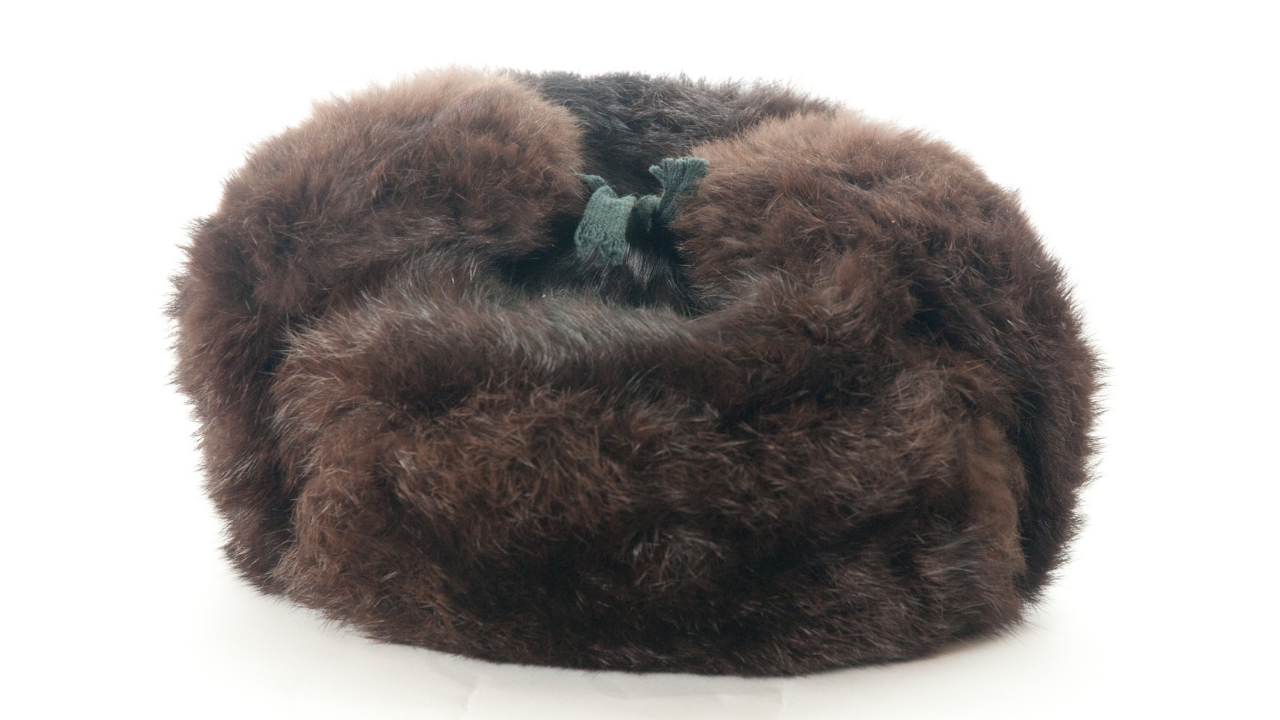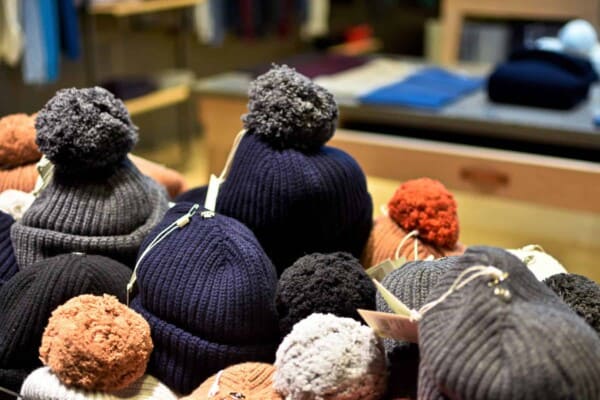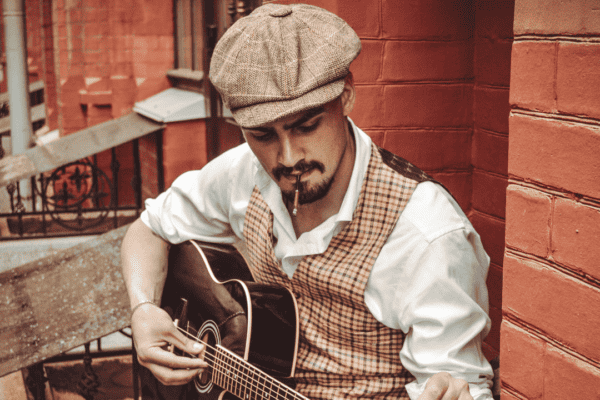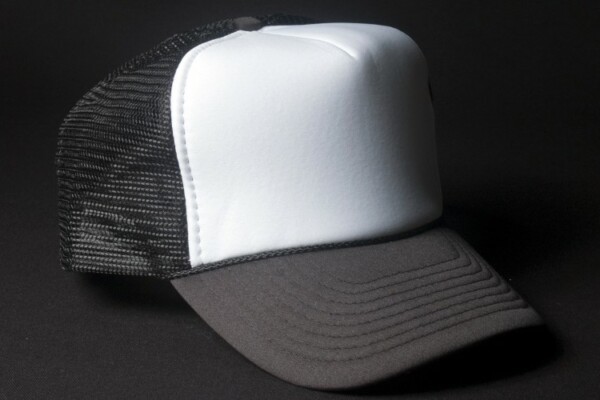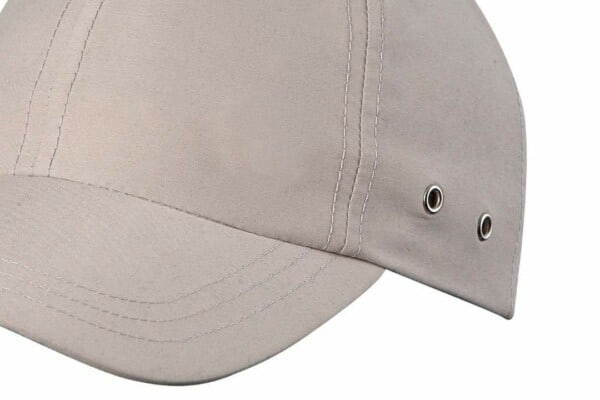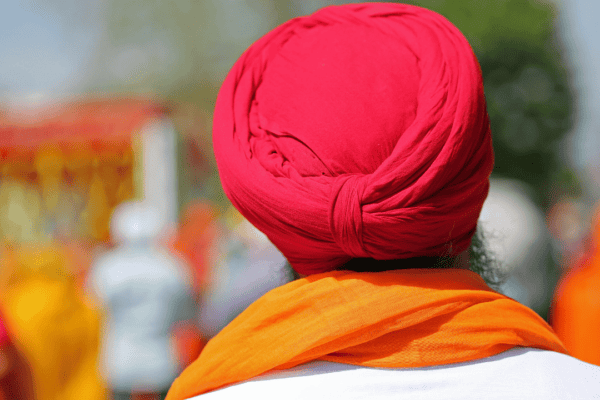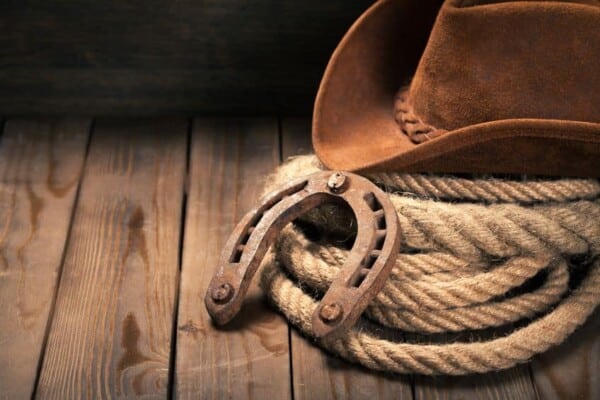Russian fur hats are stylish and classic pieces of winter headwear that will make fine additions to anyone’s wardrobe.
There are three main types of Russian fur hats: Ushanka hats, Cossack/Papakha hats, and Zhivago Pillbox fur hats. All three hats are important parts of the Russian culture. These hats all come in real and faux fur varieties and will keep you warm and stylish in cold weather.
Read our quick guide for more information about what the three main types of Russian fur hats are, how to choose a Russian fur hat, and how to look after both a real and faux fur hat when you purchase one of your own.
What Are Russian Fur Hats?
When it comes to Russian fur hats, there are three main styles you should be aware of. These styles are all slightly different, but every one of them will keep you warm and looking elegant.
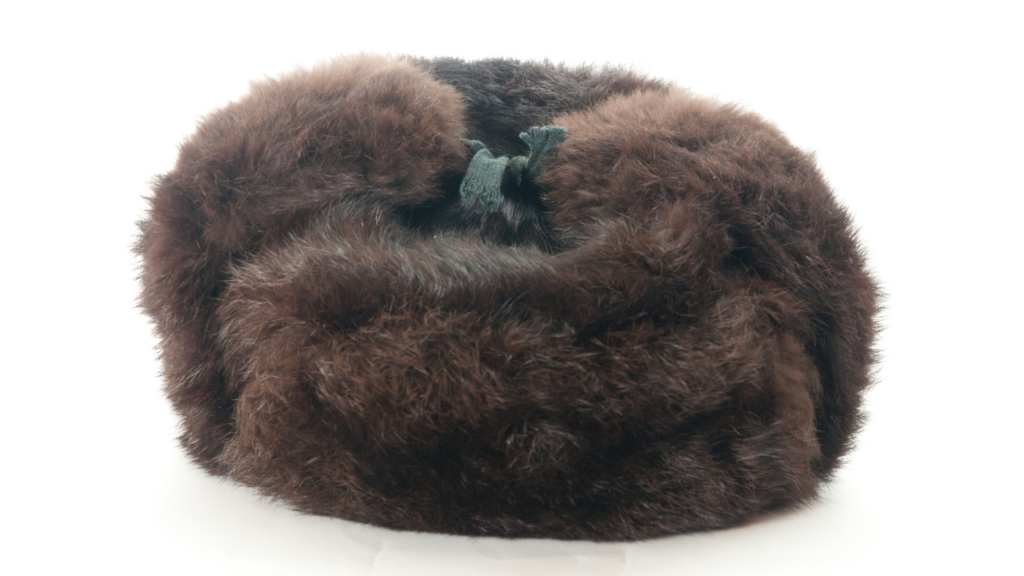
Ushanka Hat
When you think of a traditional Russian fur hat, chances are you are thinking of a Ushanka. The iconic hat has been a staple of the Russian culture for centuries and is a symbol of the Soviet Union.
Ushanka hats are perfect for a cold climate because they are made of warm materials, and they have flaps that pull down over the ears and fasten under the chin. These flaps can be folded up and attached to the top of the hat with a button when not in use. This is a popular example on Amazon that gives the hat modern styling.
Ushanka hats are generally made from sheepskin or the fur of a rabbit or muskrat – these are seen as inexpensive options. Some versions of Ushanka hats are made of mink; however, these are generally only worn in the coldest parts of Russia. Ushanka hats made of artificial (or “fish”) fur are also common. These versions were the ones typically given to Soviet soldiers, especially during World War II.
Today, the Russian military still wears Ushanka hats as part of their uniform. In fact, they have even modernized it with little openings in the flaps for headphones! Ushanka hats are so popular as an excellent hat for cold climates that the military in other countries with frosty winters, such as Canada, use them.
Cossack Hat/Papakha Hat
Often referred to informally as “Cossack hats,” papakha hats are not specifically from Russia but from the Caucasus region in general.
They come in two variations: the papaha and the kubanka. The papaha is a high cylindrical hat with ear flaps that can be folded up when not in use, similar to a ushanka hat. Papahas are made of karakul sheepskin (which gives the hat its unique texture). The kubanka is shorter than the papaha and doesn’t have ear flaps.
Papakha hats are now primarily known as Cossack hats, especially outside of the Caucasus region, because they were worn by the Russian Cossacks as part of their official uniform. Cossacks are a group of people known for their advanced military ability and formed an elite cavalry force.
Papakha hats have been removed and reinstated from the Russian military on several occasions, and as of 2005, are still being used. They remain a popular hat choice across the Caucasus region and are growing in popularity in other countries.
Zhivago Pillbox Fur Hat
A stylish hat for women, the Zhivago Pillbox Fur Hat is a variation of the endlessly classic pillbox hat style. This hat exploded in popularity in the 1960s but has since never gone out of fashion. Most famously seen on Jacqueline Kennedy, the pillbox hat is a small, simple, circular hat. It’s flat with no brim and is designed to be worn slightly back on the head. You can read more about Jackie O’s hat here.
The Zhivago Pillbox Fur Hat will keep any woman warm and looking great. They’re primarily made of fox fur and are available in a range of different colors. The Zhivago Pillbox Fur Hat is similar in style to the papakha hat and derived its name from the hats worn by Julie Christie’s character Lara Antipova in the 1965 classic film Doctor Zhivago.
Today, these hats are a popular choice for women, and they are seen as a fancier, more luxurious alternative to other forms of winter hats. You can find some examples on Amazon here.
How To Choose a Russian Fur Hat
When it comes to choosing a new hat, especially a fur one, there are some things you should take into consideration.
Where Are You Going To Be Wearing the Hat?
The first and arguably most important thing to consider is where you will be wearing your new hat? What kind of purpose will the hat serve?
For example, if you buy a hat to take with you on trips outdoors, such as hiking, camping, or skiing, a ushanka would be a great choice. It will keep you toasty warm, and it’s easy to wear while doing physical activity—there’s a reason it’s still a part of the Russian military uniform, after all!
However, if you plan on making the hat just part of your regular winter wear along with your gloves, coat, and scarf, any kind of Russian fur hat will be a great choice. All of them are made from high-quality, sturdy materials that will keep you warm.
What Kind of Materials Do You Want?
There are so many different materials to choose from when picking a Russian fur hat that can almost be overwhelming! There’s the choice between real fur and faux fur, fur or sheepskin, and then, once you’ve picked a material, you have to choose what kind of fur you’d like!
Different materials have different textures, prices, and levels of warmth as well. For example, rabbit fur is an inexpensive warm option, whereas mink costs more but is a higher-end, luxurious choice. Then there are the faux fur options, which are high-quality, cheaper alternatives to animal products, but they’re not as warm.
How To Look After a Russian Fur Hat
Now that you’ve purchased your fantastic new Russian fur hat, you need to know how to look after it properly so you can wear it for many years to come. How you look after your hat will depend on what materials it’s made of.
How To Look After Real Fur Hats
Here are tips on how to look after real fur hats:
- Avoid getting chemicals on the hat. These include perfumes and hairsprays as well.
- “Rest” the hat after every wear. This keeps the hat dry and helps retain its proper shape.
- Keep your hat dry. If any water gets on it, dry it carefully in a cool, shaded area, preferably on a hat form, so it doesn’t lose its shape.
- Never expose your hat to direct sunlight for long periods. This can discolor the fur.
- Never expose your hat to extreme heat. This can ruin the fur.
- Brush your hat. Gently brushing it, especially if it has gotten wet, will help retain the fur’s luster.
- Clean your hat professionally. It’s best to do this once a year. See a qualified furrier.
- Store your hat on a hat form. This will keep its shape and make sure it won’t get mold or mildew on it.
How To Look After Faux Fur Hats
Here are tips on how to look after faux fur hats:
- Do what the care label says. You can sometimes hand or machine wash your faux fur hat, but mostly they need dry-cleaning.
- “Rest” the hat after every wear. This keeps the hat dry and helps retain its proper shape.
- Keep your hat dry. Just like a real fur hat, if any water gets on your faux fur hat, dry it carefully in a cool, shaded area, preferably on a hat form, so it doesn’t lose its shape.
- Never expose your hat to direct sunlight for long periods. This can discolor the fur.
- Never expose your hat to extreme heat. This can discolor and even melt the fur.
- Detangle the fibers with conditioner and warm water. Use a small amount of conditioner and water. Brush the fur out gently, and then leave the hat to dry.
- Store the hat carefully. Keep it somewhere where it won’t lose its shape or be exposed to moisture.
Final Words
There’s nothing quite like the look of a Russian fur hat in winter. Now that you know more about the different types, how to choose the hat you want, and how to look after it, you have all the information you need to make an excellent choice for your next item of winter headwear.
Contents

